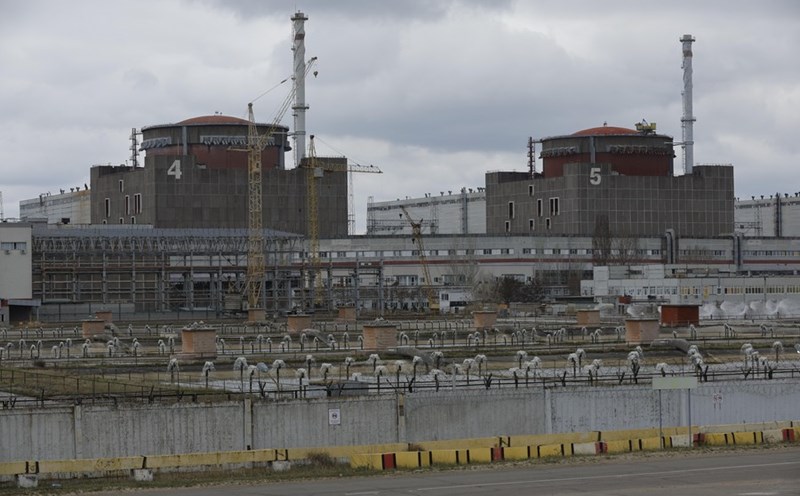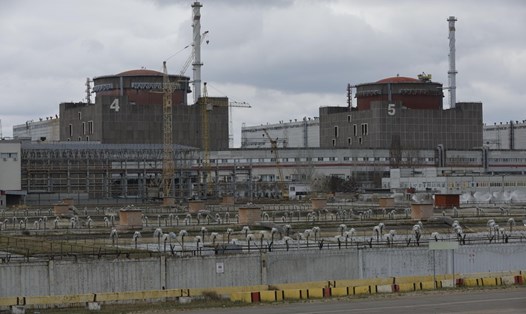According to information from the Zaporizhzhia Nuclear Power Plant Management Board (ZNPP) - the largest nuclear facility in Europe currently controlled by Russia, the unmanned aerial vehicle (UAV) was "dedycated" on April 17 near a training building containing a reactor model, which serves the training of technicians.
The plant's spokeswoman, Ms. Evgenia Yashina, confirmed to Russian news agency TASS: "This cannot be a mistake, this is an intentional act. Ukraine is ignoring all peace initiatives, including those to ensure nuclear safety."
The ZNPP has been under Russian control since March 2022, after the region conducted a petition for Russian annexation. The plant is currently operated by Russian nuclear giant Rosatom.
Russia has accused Ukraine of repeatedly targeting UAVs and artillery at the factory and neighboring Energodar city in recent times.
Notably, the UAV incident this time comes at a sensitive time: the temporary 30-day ceasefire - reached after a phone call between Russian President Vladimir Putin and US counterpart Donald Trump on March 18 - is about to end. The ceasefire targeting the energy infrastructure was initially approved by Ukraine, but later expressed dissatisfaction because it did not expand to a comprehensive ceasefire.
Since the ceasefire took effect, the Russian military has repeatedly accused Ukraine of violations, including attacks on the gas station of the Russian gas pipeline TurkStream to Turkey and South Europe.
Although the International Atomic Energy Agency (IAEA) has sent a permanent monitoring team to the ZNPP plant since September 2022, the agency has avoided making conclusions about which side was behind the attacks.
In a rare move in March, IAEA had to send a team of experts to the ZNPP via Russian territory for the first time, after many efforts to transport through Ukraine-controlled regions hampered by war. Moscow accused Kiev of deliberately causing difficulties for the UN delegation.
While the world has not yet given up on potential nuclear disasters, the fact that UAVs are approaching at such a dangerous distance makes the line between deterrence and disaster more fragile than ever.











